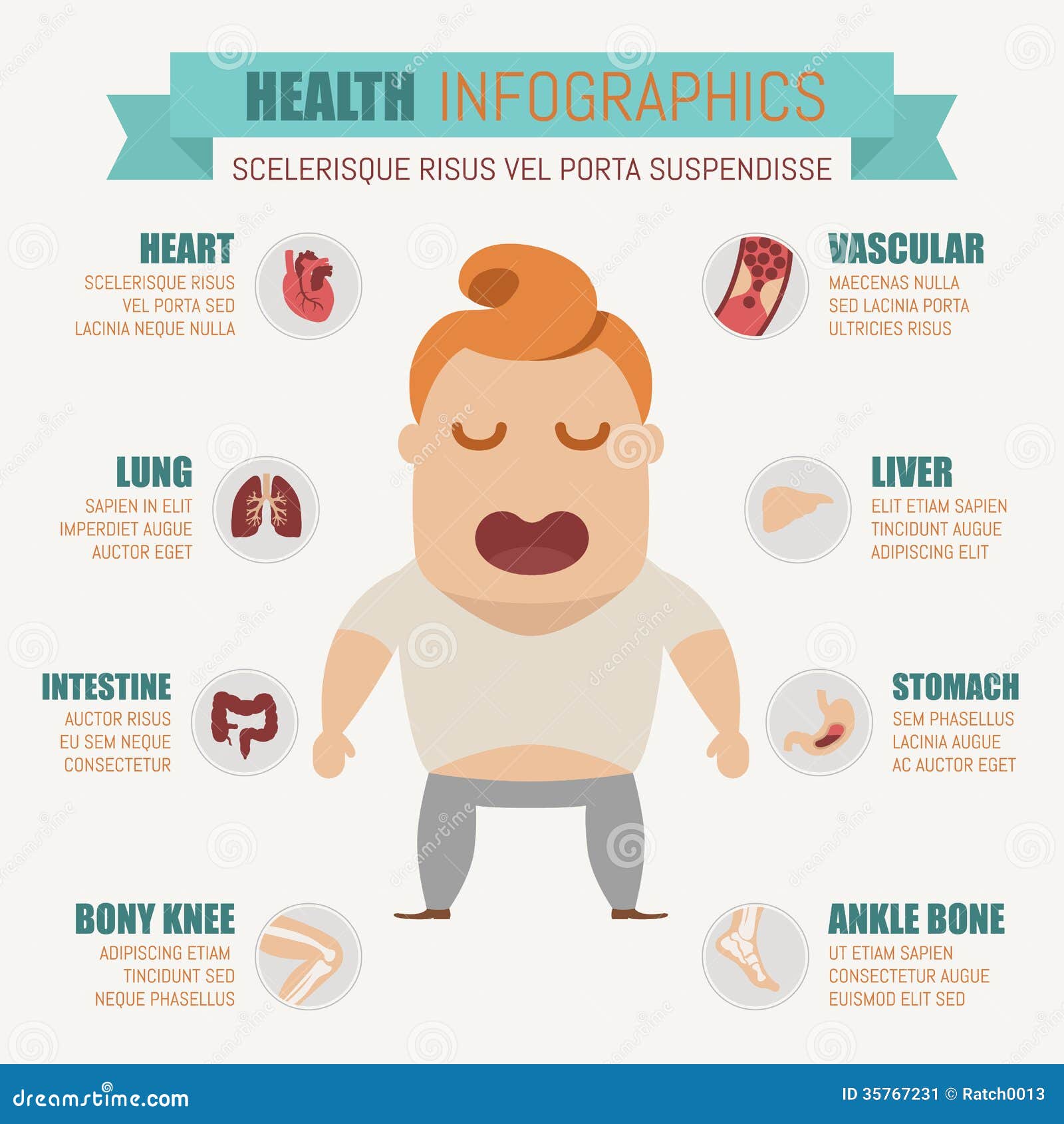We're Right Here To Discuss Surgical Solutions For Hernia Types

Short Article Developed By-Walters Wallace
* Inguinal rupture: An outcropping of tissue through a damaged location in the abdominal wall, frequently on one side of the groin.
* Hiatal rupture: An outcropping of the belly with the diaphragm and right into the breast cavity.
* Umbilical hernia: A lump near the stubborn belly button that happens when a damaged location in the abdominal wall surface allows fat or various other cells to push via.
* Ventral hernia: A bulge that takes place when a damaged location in the abdominal wall surface allows fat or other cells to press through, typically near a previous medical laceration.
* Incisional hernia: A bulge that takes place when a weakened location in the abdominal wall surface allows fat or various other cells to push through, typically near a previous surgical laceration.
It is very important to keep in mind that not all hernias require surgical procedure, however these types do. If you suspect you have a hernia, it is very important to speak with a medical care professional for appropriate medical diagnosis and therapy.
So, you've been experiencing some pain lately, and after a complete exam, your doctor has determined that you have a rupture. Currently, before you begin worrying, it is necessary to recognize that not all ruptures need surgical treatment.
However, there are particular kinds that do, which's what we're right here to talk about. From inguinal hernias to umbilical ruptures and also hiatal hernias, each one provides its own distinct difficulties and considerations.
But let's not get ahead of ourselves just yet. We'll dive into the specifics quickly sufficient.
Inguinal Ruptures
If you're experiencing discomfort and pain in your groin area, you might have an inguinal hernia that calls for surgical intervention. An inguinal rupture occurs when a part of the intestine or cellulite pushes through a weak point in the inguinal canal, which lies in the reduced abdomen.
This sort of hernia is a lot more typical in men than women and can be caused by variables such as hefty training, straining throughout bowel movements, or persistent coughing. Signs of an inguinal hernia consist of a bulge in the groin location, discomfort or discomfort when coughing or raising, and a sensation of stress or weak point in the groin.
If left neglected, an inguinal hernia can lead to complications such as bowel obstruction or strangulation, which is why surgical intervention is required to repair the hernia and avoid additional problems.
Umbilical Ruptures
Do you recognize what an umbilical rupture is and how it can be dealt with operatively?
An umbilical hernia takes place when a part of the intestinal tract or stomach cells protrudes through a weak point in the abdominal wall near the stomach switch.
If you have an umbilical rupture that needs surgical treatment, below are three therapy choices to think about:
- Rupture repair work surgery: This is one of the most typical treatment for umbilical ruptures. During the procedure, the cosmetic surgeon will make a cut near the hernia and push the protruding cells back right into place. They'll after that strengthen the abdominal wall using stitches or a mesh patch.
- Laparoscopic surgical treatment: In many cases, a minimally invasive strategy called laparoscopic surgical procedure might be utilized. This method includes making small incisions and making use of an electronic camera and specialized tools to repair the hernia.
- Open surgical treatment: In even more complicated instances, open surgical procedure may be necessary. This includes making a larger laceration to gain access to and fix the rupture.
Hiatal Ruptures
A hiatal rupture takes place when part of the stomach sticks out with the diaphragm right into the upper body cavity. This kind of rupture is fairly typical and typically requires medical intervention.
Hiatal ruptures can be identified into two primary types: sliding and paraesophageal hernias. Gliding https://www.dovepress.com/current-perspectives-in-robotic-hernia-repair-peer-reviewed-fulltext-article-RSRR are one of the most usual and take place when the reduced part of the esophagus and the top of the belly slide up right into the chest through the hiatus, a small opening in the diaphragm.
On the other hand, paraesophageal hernias are much less typical yet a lot more extreme. In this type, a part of the tummy presses through the respite together with the esophagus, creating prospective issues like gastric volvulus or strangulation.
Surgical repair work is normally essential to treat hiatal ruptures and minimize signs such as heartburn, chest pain, and problem swallowing.
Conclusion
So there you have it, the different types of ruptures that need surgical treatment.
https://writeablog.net/fidel7gregorio/life-after-hernia-surgical-treatment-just-how-to-gain-back-strength-and of a rupture situation that required surgical procedure is John, a 45-year-old male that dealt with an inguinal hernia. Regardless of his preliminary pain and worry, John went with medical intervention.
The treatment achieved success, and he experienced a complete recovery, enabling him to go back to his regular tasks without any additional issues.
Keep in mind, it is necessary to talk to a healthcare specialist if you think you may have a hernia that needs medical treatment.

